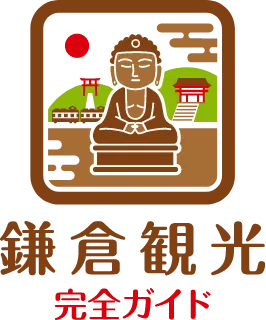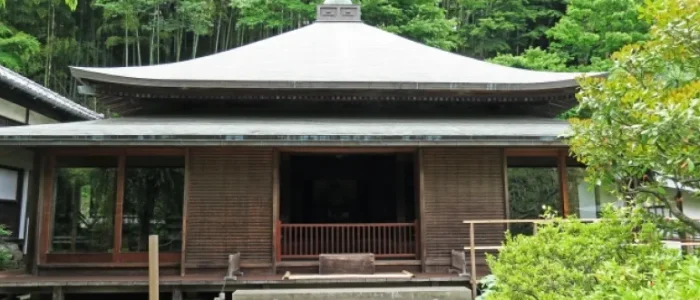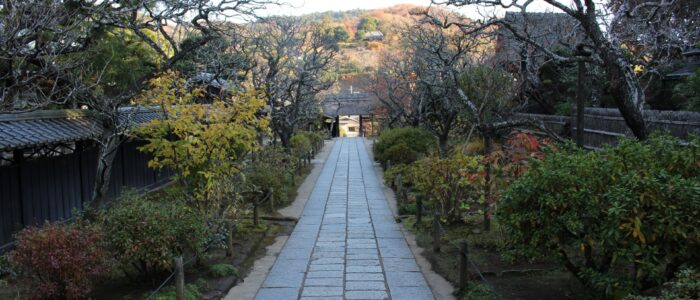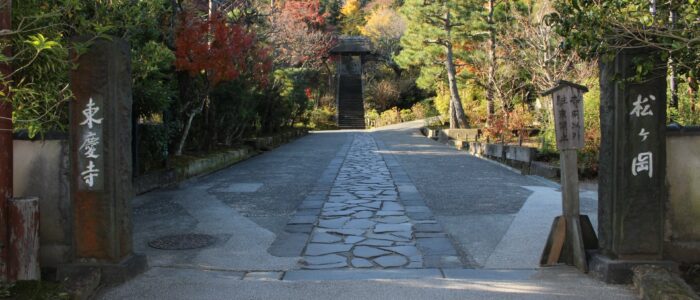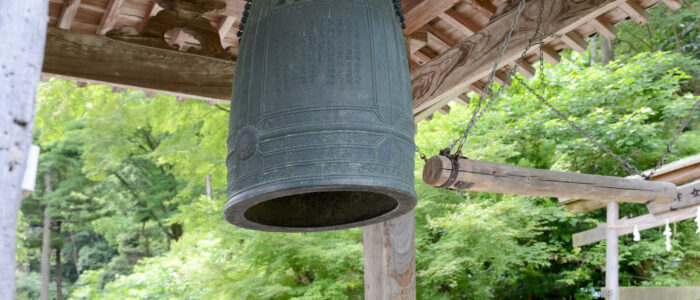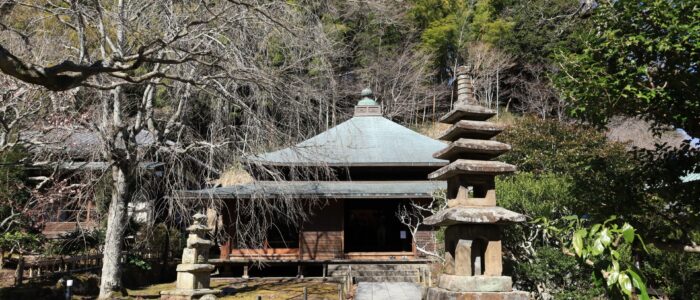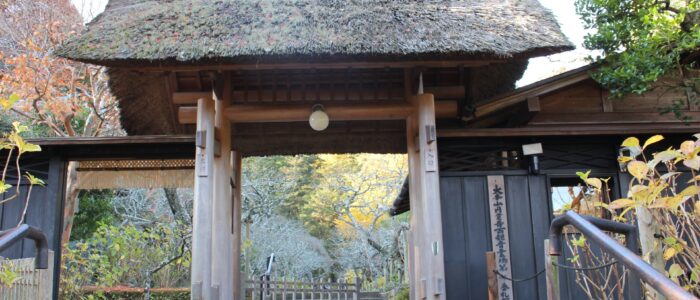Tokei-ji Temple (東慶寺)
Discover Tokei-ji Temple (東慶寺)
Nestled in the hills of Kita-Kamakura, Tokei-ji Temple was founded in the late 13th century by Hojo Sadatoki (北条貞時), a regent of the Kamakura shogunate. His mother, Kakuzan-ni (覚山尼), became its first head priestess. Affiliated with the Engaku-ji school (円覚寺派) of the Rinzai sect, Tokei-ji Temple has long been a prestigious convent. During the Edo period, it was an officially recognized “divorce temple,” playing a critical role in supporting women’s independence.
Tokei-ji Temple was established with a mission to protect women. While it served as a refuge since its founding, formal records of divorce petitions appear from the Edo period. The oldest surviving document dates back to 1738.
Highlights: Scenery, Architecture, and Natural Beauty
Within the grounds, you’ll find a belfry that survived the Great Kanto Earthquake, a main hall rebuilt in 1935, and a charming thatched gate. The bronze bell, cast in 1350, is a designated Important Cultural Property of Kanagawa Prefecture. Known as a “temple of flowers,” Tokei-ji Temple attracts visitors with seasonal blooms such as plum blossoms, cherry blossoms, hydrangeas, and autumn foliage.
Cultural Significance and Blessings
In a time when women couldn’t divorce without their husband’s consent, Tokei-ji Temple provided a rare legal escape. Under the “Divorce Temple Law,” women could take refuge for two years, after which the divorce was granted. In this sense, it was a forerunner of modern domestic violence shelters.
Experiences: Sutra Copying, Zazen, and Tea Ceremony
Sutra copying is available daily from 9:00 to 12:00 for a fee. Sunday zazen meditation sessions are held for those seriously pursuing Zen—not as a casual tourist activity. Please check official details in advance and come with respect. The Kan’untei Tea House (寒雲亭) offers monthly tea gatherings by reservation, allowing guests to appreciate traditional tea culture.
Unique Traditions: Goshuin and Legends
Goshuin are distributed at the entrance of Matsuoka Hozo (松岡宝蔵). One legend says that even when the gates were closed, a woman could initiate her refuge by throwing in a kanzashi (hairpin) or waraji (straw sandals), symbolizing the courage of those who sought freedom in the past.
Getting There and Hours
Tokei-ji Temple is a 4-minute walk from Kita-Kamakura Station (北鎌倉駅), making it conveniently accessible from central Tokyo. Admission is free. Open from 8:30 to 16:30 (until 16:00 from October to March). Enjoy peaceful moments in a calm, reflective setting.
Best Times to Visit
Plum blossoms bloom from late January to early March, cherry blossoms from late March to early April, hydrangeas from late May to early July, and autumn foliage follows. A visit before breakfast makes for a tranquil, uncrowded experience.
Nearby Spots Worth Exploring
Nearby temples such as Engaku-ji Temple (円覚寺) and Jochi-ji Temple (浄智寺) offer a Zen-themed walking tour. You’ll also find hands-on workshops for Kamakura-bori carving and pottery close by for a cultural excursion.
Who Will Enjoy This Temple?
History enthusiasts will appreciate the story of Tokei-ji Temple as a “divorce temple” and the life of Tenshu-ni (天秀尼). Those seeking emotional clarity will enjoy the open-to-all sutra copying. The zazen sessions are best for those who wish to face Zen practice seriously. Staying at Tosh’s Place (トシズプレイス) allows an early morning visit, letting you feel the temple’s stillness at its best. Ideal for anyone seeking a meaningful cultural retreat.
Wrap-Up: Tokei-ji Temple and a Deeper Kamakura Experience with Tosh’s Place
Tokei-ji Temple holds profound historical and cultural significance. Its seasonal beauty and serene grounds offer a chance to pause and reflect, while sutra copying helps quiet the mind. Zazen practice centers the body and spirit. A stay at the fully unmanned, kitchen-equipped Tosh’s Place (トシズプレイス) lets you explore at your own rhythm. Make the most of your journey by experiencing the peaceful heart of Kita-Kamakura.
